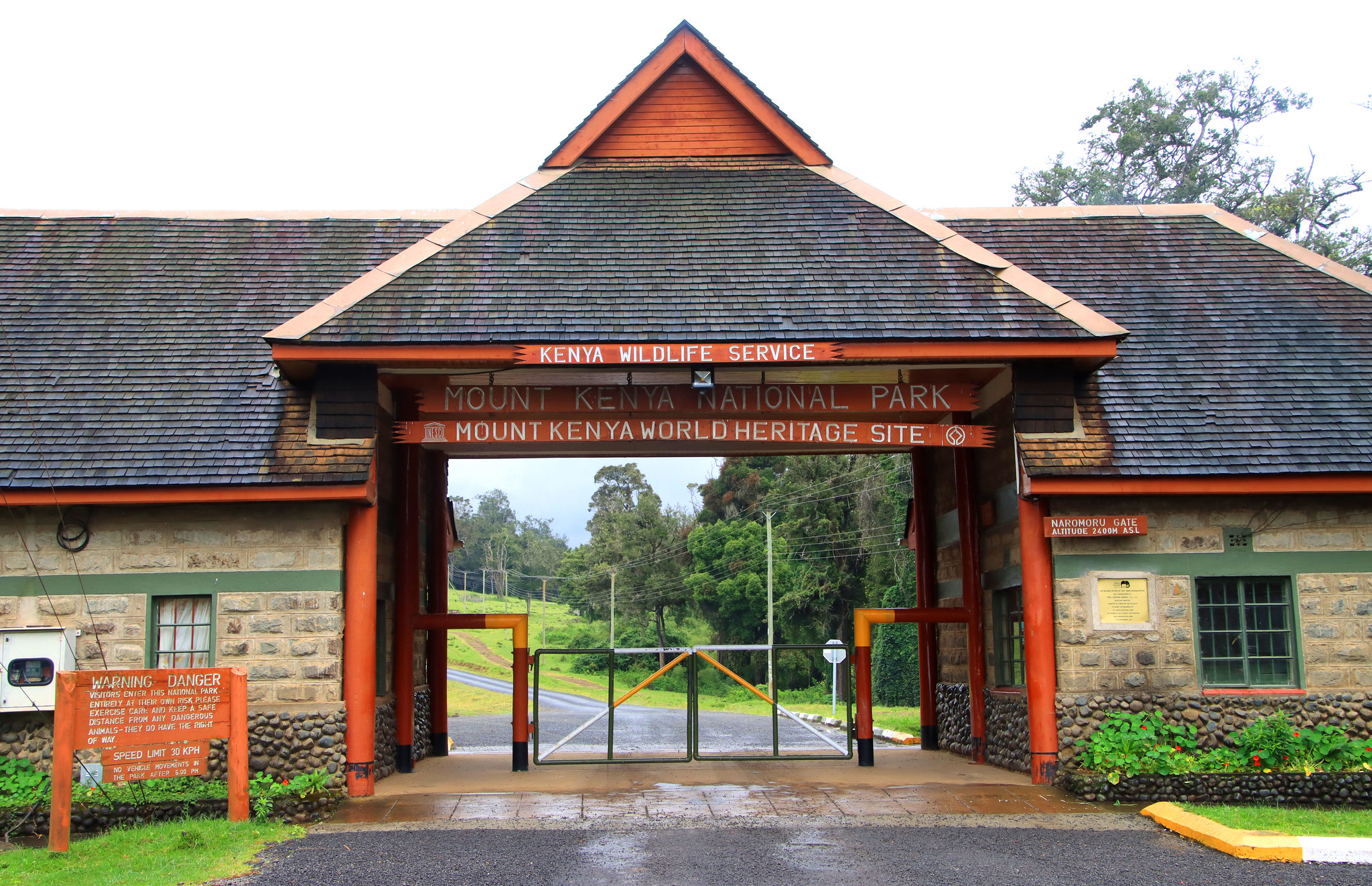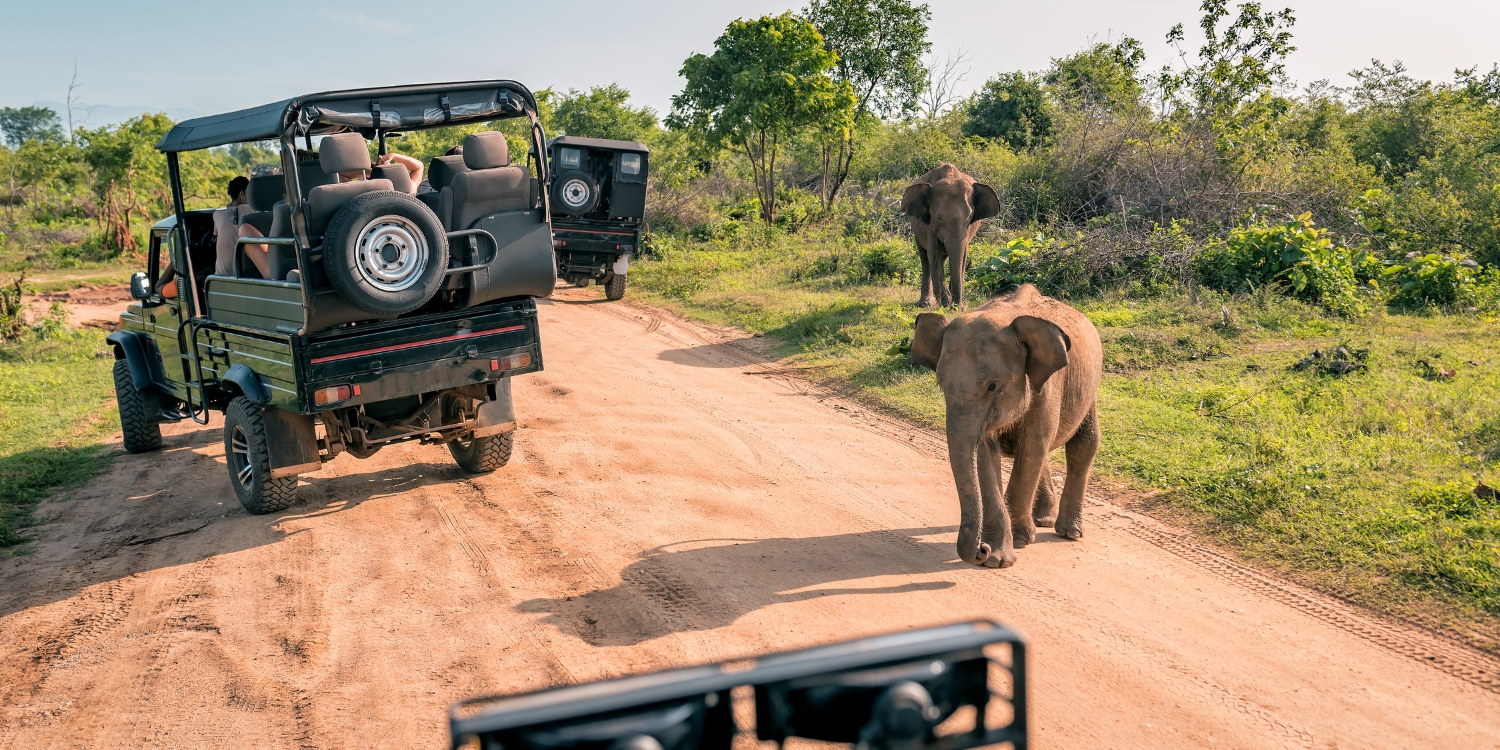Mount Kenya National Park: Kenya’s Majestic Mountain Sanctuary
Mount Kenya National Park, a UNESCO World Heritage Site, is a breathtaking destination located in the central highlands of Kenya. Established in 1949, the park encompasses an area of approximately 715 square kilometers and is centered around the magnificent Mount Kenya, the country’s highest peak and the second highest in Africa. This diverse landscape offers stunning vistas, unique wildlife, and a range of adventure activities. Mount Kenya’s glaciers, forested slopes, and rugged terrain create a dramatic backdrop that captivates visitors and provides a sanctuary for both wildlife and nature enthusiasts.
Mount Kenya: The Iconic Peak
Mount Kenya, an extinct stratovolcano, is the focal point of the national park. It is renowned for its striking peaks, including Batian Peak, the highest point at 5,199 meters above sea level. The mountain is characterized by its rugged terrain, glaciers, and afro-alpine vegetation. The peaks are surrounded by a network of glaciers, including the Lewis Glacier and the Tyndall Glacier, which provide a stark contrast to the surrounding tropical forests. The diverse climatic zones of Mount Kenya, from lowland forests to alpine meadows, support a variety of flora and fauna, making it a unique destination for adventure and exploration.
Climbing Mount Kenya: A Challenging Adventure
Mount Kenya offers some of the most exhilarating climbing opportunities in Africa. The most popular routes for climbing are the Sirimon, Chogoria, and Naro Moru routes, each offering a distinct experience. The Sirimon route is known for its gradual ascent and scenic beauty, while the Chogoria route is celebrated for its breathtaking landscapes and diverse vegetation. The Naro Moru route is renowned for its challenging terrain and fast ascent. Climbing Mount Kenya requires a good level of fitness and preparation, with options ranging from technical climbs to more accessible treks. The ascent to Batian Peak is particularly challenging, requiring technical skills and the use of climbing equipment.
Trekking and Hiking Trails: Exploring the Wilderness
Mount Kenya National Park offers a range of trekking and hiking trails that cater to different levels of experience and fitness. The park’s diverse landscapes provide opportunities for both day hikes and multi-day treks. The Aberdare Range, to the west of Mount Kenya, offers additional trekking opportunities with its lush forests and scenic valleys. Popular hikes include the trek to the scenic Lake Alice and the trek to the high-altitude Point Lenana, which offers panoramic views of the surrounding landscapes. These trails provide a chance to explore the park’s diverse ecosystems, including montane forests, bamboo groves, and alpine meadows.
Flora and Fauna: A Rich Ecosystem
Mount Kenya National Park is home to a rich and varied ecosystem that includes a wide range of flora and fauna. The park’s forests are inhabited by species such as the endangered Mount Kenya bush viper, the elusive bongo antelope, and the vibrant African violet. The alpine zone, characterized by giant lobelias and senecios, supports a unique range of plant life adapted to the harsh conditions of high altitudes. The park’s wildlife includes species such as elephants, buffaloes, and various primates. Birdwatchers can also enjoy spotting species like the Mount Kenya white-eye and the crimson-tufted malachite sunbird.
The Flora of Mount Kenya: A Botanical Wonderland
Mount Kenya’s diverse flora is a highlight of the park’s ecosystem, with vegetation zones ranging from lush montane forests to arid alpine environments. The lower slopes of the mountain are covered in dense forests of cedar, fir, and bamboo, providing habitat for a variety of wildlife. Higher up, the vegetation shifts to afro-alpine plants such as giant groundsels and lobelias, which are adapted to the harsh high-altitude conditions. The park’s flora includes several endemic species, making it a key area for botanical research and conservation. The varied plant life contributes to the park’s stunning scenery and offers opportunities for nature walks and botanical exploration.
The Fauna of Mount Kenya: Wildlife Encounters
Mount Kenya National Park is home to a diverse array of wildlife, with species adapted to the mountain’s varied habitats. The park’s forests and grasslands support populations of elephants, buffaloes, and warthogs. The rarer bongo antelope, which is elusive and predominantly nocturnal, can occasionally be spotted in the forested areas. Primate species such as the colobus monkey and the olive baboon are common in the park, while the park’s birdlife includes several endemic and rare species. The park’s wildlife is an integral part of its ecosystem, and conservation efforts are focused on protecting these species and their habitats.
Conservation Efforts: Protecting the Mountain Ecosystem
Mount Kenya National Park faces several conservation challenges, including habitat loss, poaching, and climate change. Efforts are underway to address these issues through various conservation initiatives. The Kenya Wildlife Service (KWS) manages the park and works to protect its diverse ecosystems and wildlife. Conservation programs focus on habitat restoration, anti-poaching measures, and community engagement. Local communities are involved in conservation efforts, promoting sustainable practices and reducing human-wildlife conflict. These initiatives are crucial in ensuring the long-term protection of Mount Kenya’s unique biodiversity and maintaining the park’s ecological integrity.
Comparative Safari Experiences: Kenya’s Iconic Parks
While Mount Kenya National Park offers a unique and exhilarating adventure experience, Kenya is home to several other iconic national parks that provide diverse safari experiences. The Maasai Mara National Reserve is renowned for its dramatic Great Migration and abundant wildlife, including the Big Five and predator-prey interactions. Amboseli National Park, with its stunning views of Mount Kilimanjaro and large elephant herds, offers a different landscape and wildlife experience. Tsavo East and West National Parks, with their expansive wilderness and varied terrains, provide a range of safari adventures. Each park contributes to Kenya’s rich tapestry of safari destinations, offering varied landscapes and wildlife encounters.
The Rift Valley: A Scenic Corridor
Mount Kenya National Park is situated within the Great Rift Valley, a geological and scenic corridor that stretches across East Africa. The Rift Valley is characterized by its dramatic landscapes, including volcanic formations, escarpments, and alkaline lakes. Visitors to Mount Kenya National Park can explore the broader Rift Valley region, which offers additional attractions and scenic beauty. The nearby Lake Nakuru National Park, known for its flamingos and diverse wildlife, provides a complementary experience to a visit to Mount Kenya. The Rift Valley Lakes, including Lake Naivasha and Lake Elementaita, offer additional wildlife and birdwatching experiences, creating a diverse and engaging itinerary for travelers exploring this remarkable region.
Practical Tips for Visiting Mount Kenya National Park
To make the most of your visit to Mount Kenya National Park, consider the following tips:
- Best Time to Visit: Mount Kenya National Park is accessible year-round, but the dry seasons from January to March and July to October are ideal for trekking and climbing. The rainy seasons from April to June and November to December can make trails slippery and challenging.
- What to Pack: Pack layered clothing to accommodate varying temperatures, including warm layers for high altitudes. Bring hiking boots, a rain jacket, a hat, and sunscreen. If climbing, ensure you have the necessary climbing gear and equipment.
- Health and Safety: Ensure you have the necessary vaccinations and malaria prophylaxis before traveling. Acclimatization to the high altitude is essential, so plan for gradual ascent and hydration. Follow all safety guidelines provided by park rangers and guides.
- Travel Arrangements: Book your safari and climbing expedition through a reputable operator like Winton Africa Safaris Ltd to ensure a well-organized and enjoyable experience. Consider combining your Mount Kenya visit with other destinations in Kenya for a comprehensive adventure.
Conclusion
Mount Kenya National Park offers a majestic and diverse adventure experience, combining stunning landscapes, rich biodiversity, and a range of outdoor activities. From climbing the rugged peaks to trekking through varied terrains and exploring the park’s unique flora and fauna, Mount Kenya provides a captivating introduction to Kenya’s natural heritage. The park’s role in conservation and its breathtaking scenery make it a must-visit destination for nature enthusiasts and adventure seekers. As you explore Mount Kenya, you’ll gain an appreciation for the park’s ecological significance and the broader efforts needed to protect Kenya’s wildlife and landscapes. Mount Kenya National Park stands as a testament to Kenya’s commitment to preserving its natural wonders and offering exceptional adventure experiences.



